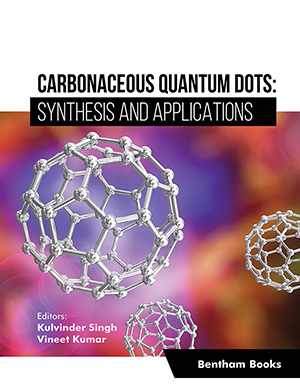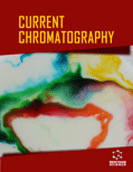Abstract
Carbonaceous quantum dots (CQDs) is defined as a subclass of carbon
nanoparticles, which offer a size of around 10 nm, and have unique characteristics and
a wide range of applications in diverse fields. CQDs have attained widespread attention
due to their excellent abilities in several domains, including sensing, nanomedicine and
environmental remediation. The mode of synthesis for CQDs is quite simple and
inexpensive via methods such as microwave pyrolysis, arc-discharge, etc. CQDs are
entitled to diverse physical, chemical and biological properties. Besides this, CQDs
have various functional groups present on their surface that improve the properties,
specifically the catalytic performance by a phenomenon called charge transfer. The
physical, optical, electrical, and biological features of CQDs are explored in this
chapter.
Keywords: Biological properties, Carbon quantum dots, Electrical properties, Optical properties, Photoluminescence.






















